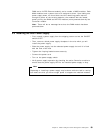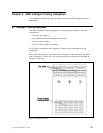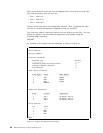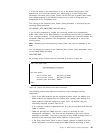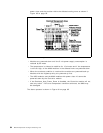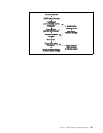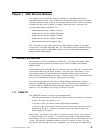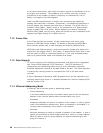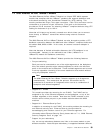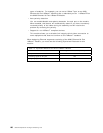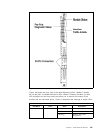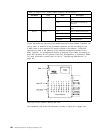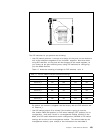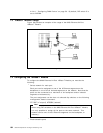
Chapter 7. 8260 Ethernet Modules
This chapter will describe the Ethernet modules for the 8260 multiprotocol
intelligent switching hub. Each module will be described along with its features
and the necessary steps required to configure these modules. Where necessary,
examples will be given of where the module would be used. Currently, the
available 8260 Ethernet modules are:
•
8260 Ethernet 24-Port 10Base-T Module
•
8260 Ethernet 10-Port 10Base-FB Module
•
8260 Ethernet 20-Port 10Base-T Module
•
8260 Ethernet 40-Port 10Base-T Module
•
8260 Ethernet Security Daughter Card
Also, note that you can install and use any 8250 Ethernet module in the 8260
multiprotocol intelligent switching hub. For information about the 8250 Ethernet
modules please refer to
IBM 8250 Intelligent Hub and IBM HUB Management
Program/6000, (GG24-4033)
.
7.1 Ethernet LAN Overview
The following is a brief introduction to Ethernet. For further information about
the Ethernet LAN architecture, please refer to
LAN Concepts and Products,
GG24-3178-03
.
Though Ethernet V2 and 802.3 are not identical, the term
Ethernet
is widely used
to describe LANs that use either protocol. As most of the information in this
book applies equally to both Ethernet V2 and 802.3 LANs, the term Ethernet
(802.3) will be used throughout this book. However, where there are differences,
they will be indicated by using the appropriate terminology.
The Ethernet architecture uses Carrier Sense Multiple Access with Collision
Detection (CSMA/CD) as the protocol to control the Ethernet bus operation. As
the name implies, CSMA/CD permits multiple stations to access the Ethernet;
however, only one station can occupy the bus at any time.
7.1.1 CSMA/CD
The CSMA/CD protocol is simple and straightforward:
•
When a station wants to transmit some data, it has to first listen to ascertain
whether the bus is occupied or not.
•
If the bus is free, the station starts transmitting immediately.
•
If the bus is busy, the station waits and continues to listen until no activity is
detected on the bus. It starts to transmit its data only when the bus has
been cleared of any traffic.
Occasionally, two stations can begin to transmit simultaneously. This results in
a condition known as a
collision
. To resolve this condition, both stations stop
transmitting, wait for a random interval, listen again and retransmit when the bus
is free. If a station′s subsequent attempt results in another collision, its wait
time will be doubled and the cycle is repeated. This cycle may be repeated up
Copyright IBM Corp. 1995 97



